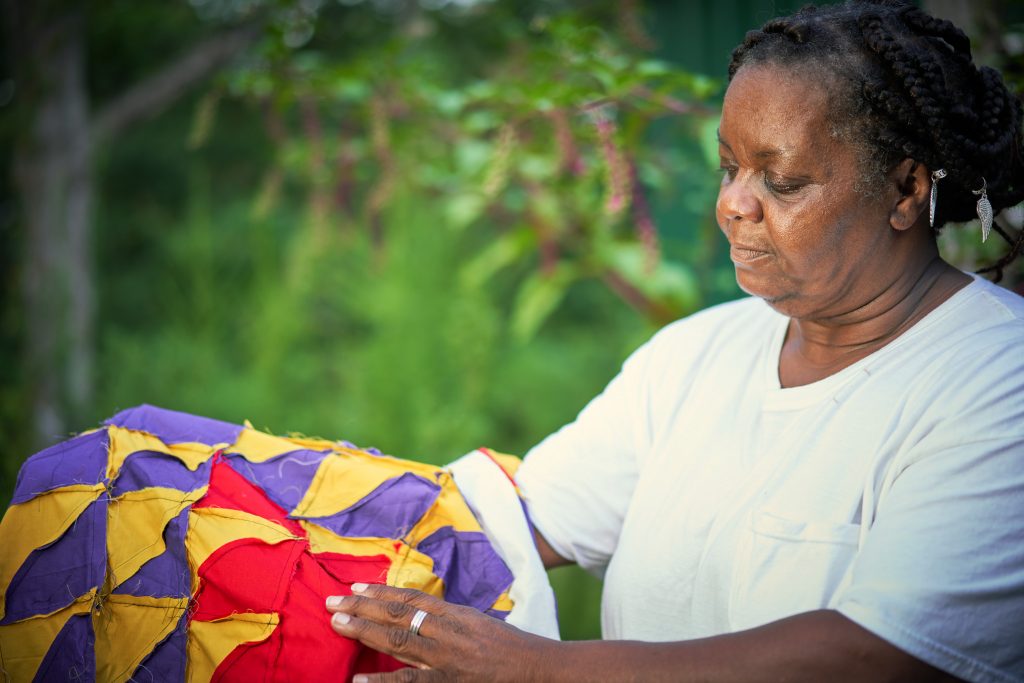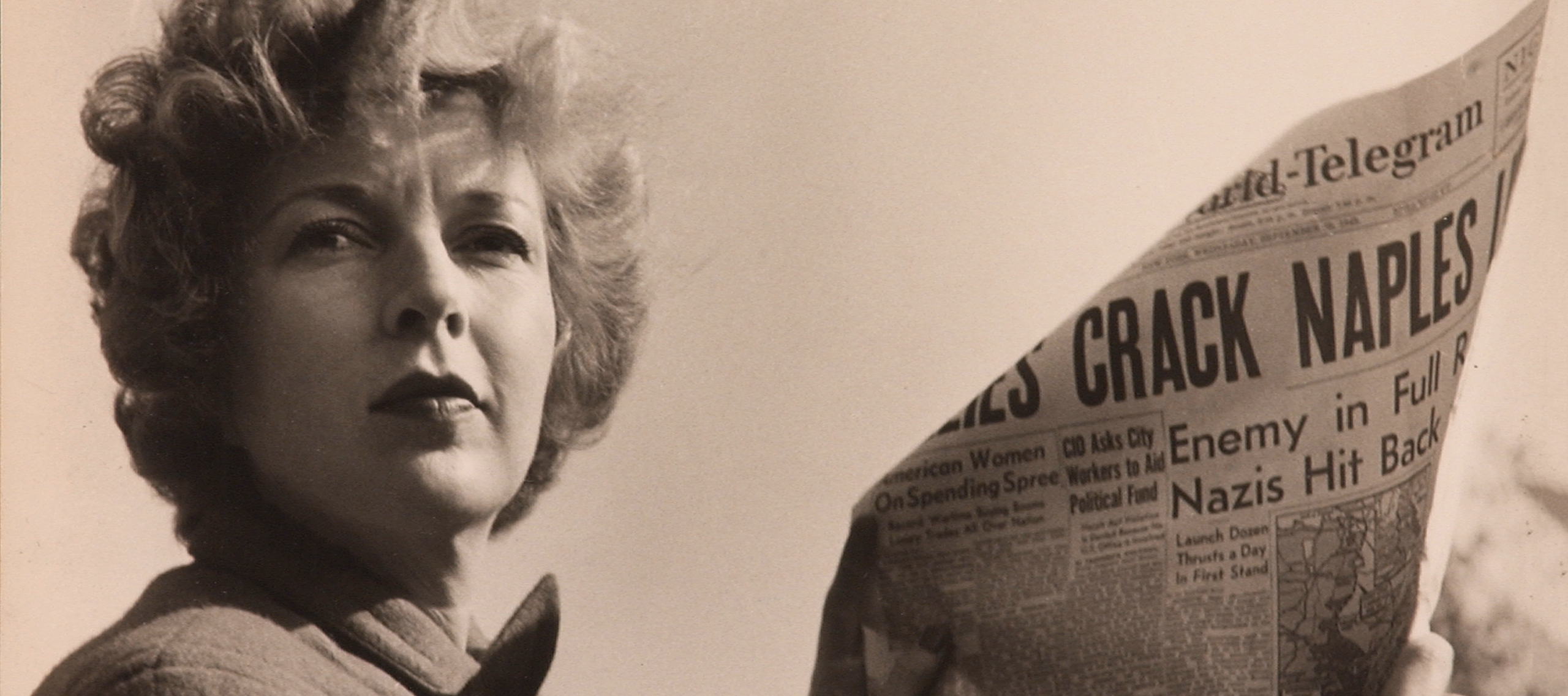The women quiltmakers of Gee’s Bend, Alabama, are now selling their works on Etsy, enabling shoppers from around the world to access the unique quilts for the first time. In recognition of Black History Month, the e-commerce site partnered with Souls Grown Deep and Nest to bring the textiles to the site.

Nine Gee’s Bend artists are currently featured on the site, with more to be added later this year. Their offerings include quilts of all sizes, wall hangings, pot holders, face masks, and the opportunity to work directly with Gee’s Bend artists on custom pieces.
Front-Page Femmes:
The Guardian looks at Grief and Grievance: Art and Mourning in America, opening at New York City’s New Museum on February 17; The exhibition features 37 artists—including Carrie Mae Weems, Kara Walker, Lorna Simpson, LaToya Ruby Frazier, and Simone Leigh—whose work addresses loss linked to racial violence.
Three rare works by nun and old master painter Orsola Maddalena Caccia are now part of Metropolitan Museum of Art’s collection thanks to a surprise gift.
The Joan Mitchell Foundation announces a new fellowship that will gift 15 artists $60,000 over five years; the new model aims to help artists invest in and plan their creative practices and careers.
Sarasota Magazine interviews Gale Fulton Ross, artist, civil rights activist, and arts activist, about her artistic beginnings, influences, and race.
The Sundance Institute announces Marja Bål Nango, a film director, screenwriter, and producer, as the 2021 recipient of the Merata Mita Fellowship.

Black Theatre Girl Magic partners with the Orlando Museum of Art to host ONIJA, a virtual show and physical exhibition featuring portraiture and poetry from the African diaspora.
The New Republic reviews Salamishah Tillet’s new book that sorts through the controversies surrounding Alice Walker’s novel The Color Purple (1982).
The New York Times profiles Bijoya Das, the U.C.L.A gymnastics team choreographer behind Nia Denniss’s viral floor routine, “an exuberant and powerful celebration of Black culture.”
For Hyperallergic, Alexandra Juhasz writes about her interviews with feminist artists over the last 30 years about why deserved recognition often comes too late.
Bomb interviews writer Danielle Evans about her new short story collection, The Office of Historical Corrections (2020), which features all-female protagonists navigating race, grief, and belonging.
The Los Angeles Times reports on the three female directors nominated for a 2021 Golden Globe Best Director.
Shows We Want to See:
At Lyles & King in New York City, Mira Schor: Tipping Point is on view through February 7. The exhibition features new works created during the past four years of political turmoil in the United States as well as reflective, philosophical paintings created in 2020 before and during the pandemic. Artnet interviewed the artist about the exhibition.

At the Georgia Museum of Art, Emma Amos: Color Odyssey is on view through April 25. The is the first retrospective of the late artist, who died in May 2020 at age 83. The exhibition brings together more than 60 works from throughout Amos’s seven-decade career. Amos, who was a member of both the pioneering African American collective Spiral and the anonymous feminist group the Guerrilla Girls, once said, “It has always been my contention that for me, a Black woman artist, to walk into the studio is a political act.” Artnet profiled the show, and last month NPR profiled the artist.
